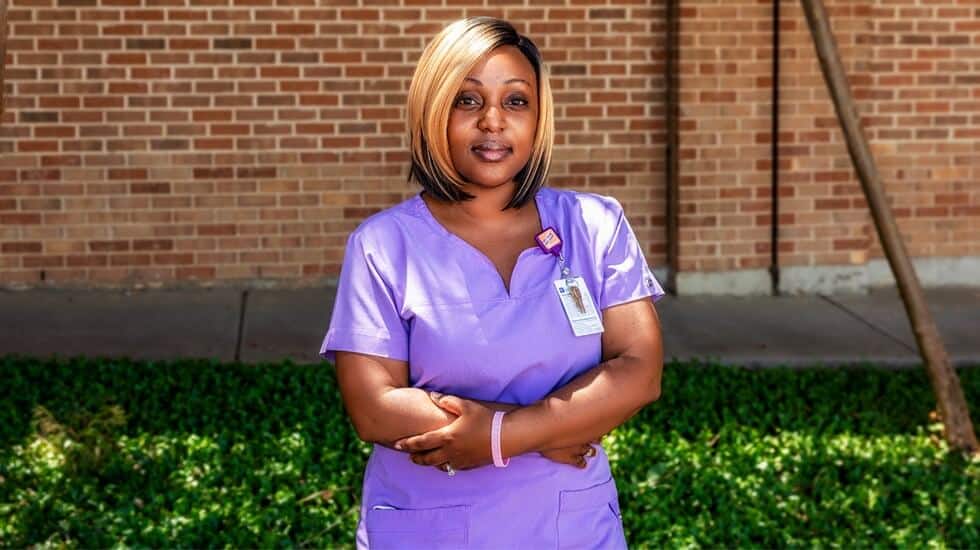


You might have heard about the breast cancer screening crisis. It sounds serious, and it is. Just what is this crisis all about? And how did we get here?
Many screenings, like mammograms, were canceled in 2020 due to the COVID-19 pandemic. Months later, when it was safe to return to in-person appointments, two big problems emerged:
After months of quarantine and canceled appointments, thousands of women are trying to schedule their screening mammograms, but:
Many women are waiting months for a mammogram appointment.* We know that screenings save lives and should not be delayed, however, many proactive women are still having to wait.
We went from months without mammograms scheduled to months of non-stop mammograms scheduled. This increase in sudden screenings resulted in more people being diagnosed with breast cancer—and at later stages. A large majority of recent breast cancer diagnoses are from patients who didn’t have a mammogram last year.
Due to the tremendous impact of the pandemic, more women are unable to afford the $150 average cost of a mammogram. They are having to choose between a mammogram and groceries, for example—a choice no one should have to make.
The reality is women are skipping a potentially life-saving screening simply due to cost. The need for financial aid in our hospital partners across the country is at an all-time high.
Historically, we know that women in low-income populations and those who are uninsured have:
This means underserved women aren’t getting screened for breast cancer or reporting when they have a lump, so they are being diagnosed when it’s too late.
Access to life-saving screenings needs to be available to everyone, regardless of cost or insurance status.
Because of these screening problems, the projected death rate of breast cancer will increase by 10% in 2021 due to loss of screenings.**
This is the first time the death rate is projected to increase since 2007.
This is the screening crisis. But you can do something to help today.
What you can do:
*If you are experiencing breast cancer symptoms (continuous and persistent pain, redness, lump, discharge, etc. from the breast), ask for a diagnostic mammogram. This is different than a screening mammogram and will not be delayed.
**The current count of breast cancer deaths in 2021 is 44,130. Long-term effects of delayed screenings are still being observed.
National Breast Cancer Foundation is here for you and your loved ones. Whether you need support, education, or help during treatment, we have a team dedicated to get you the help you deserve.
Donations are always appreciated, but there are lots of great ways to get involved.